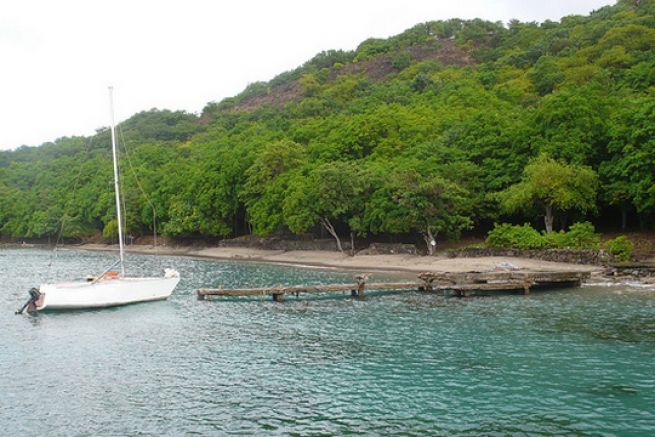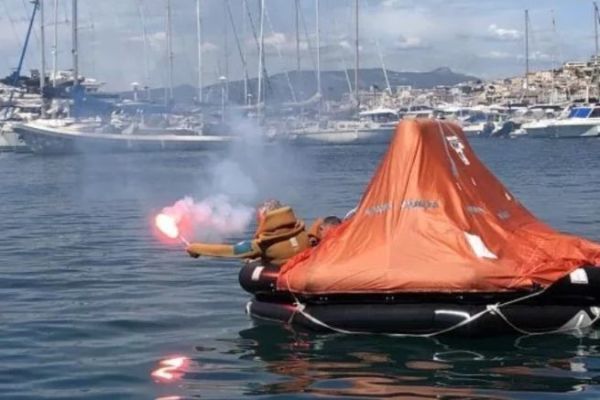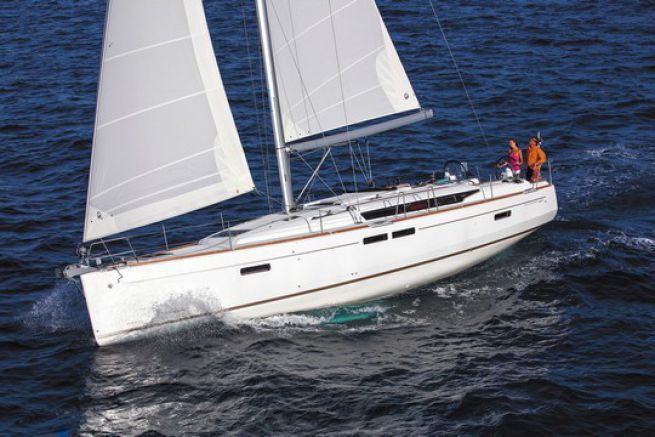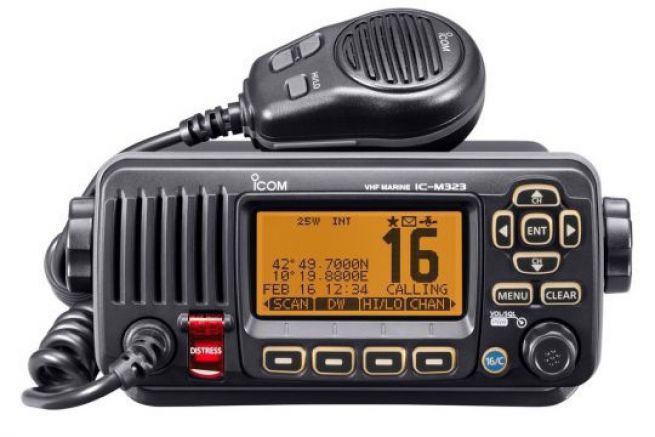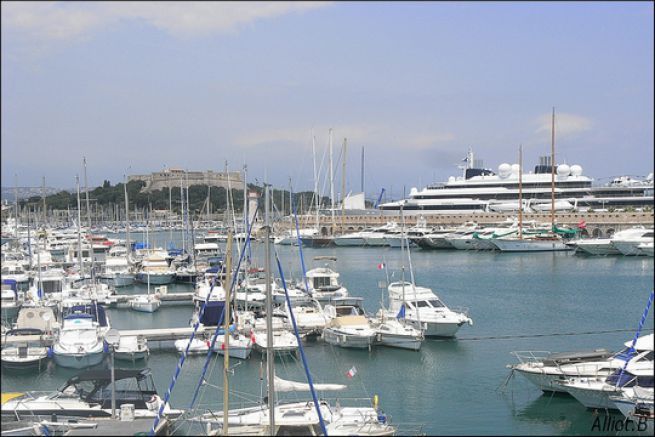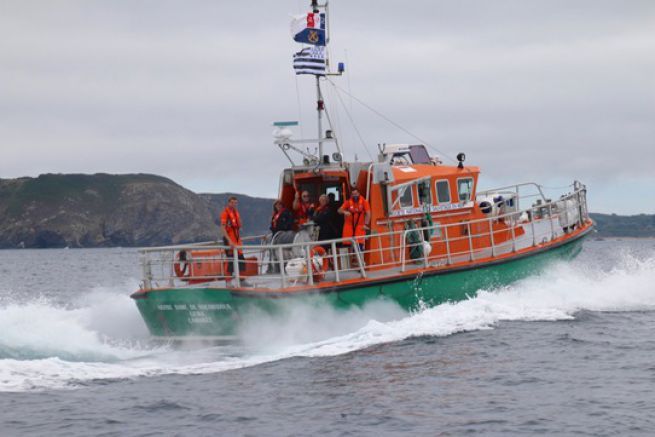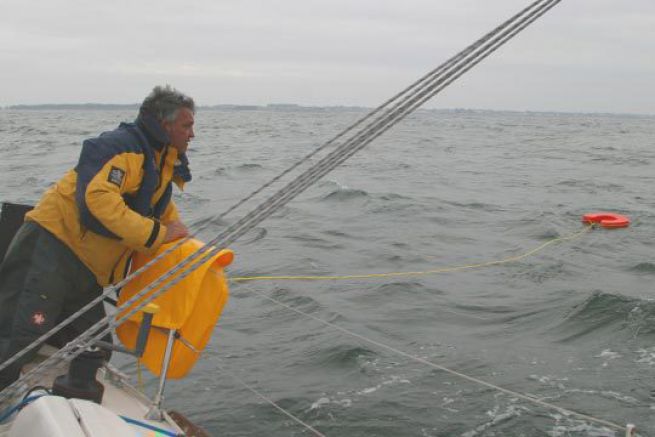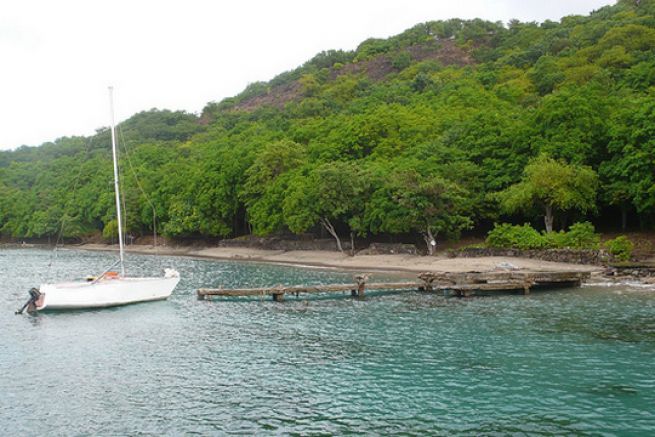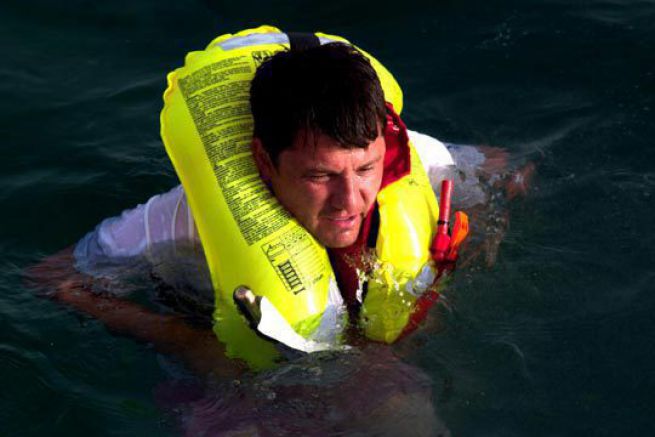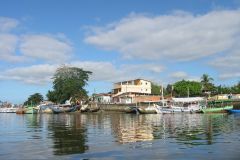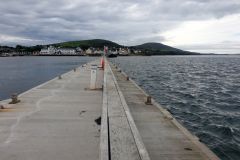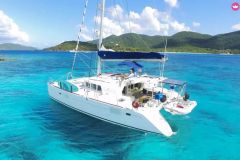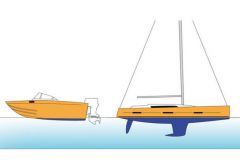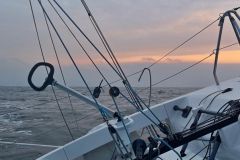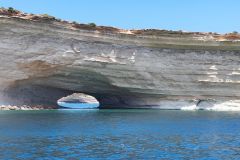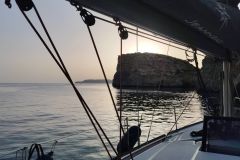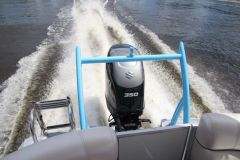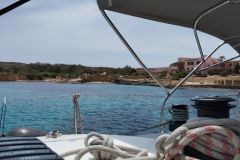To know the definition of a shelter, it is necessary to refer to the decree of December 2, 2014 (entered into force on December 1, 2014) er may 2015) explains Jerome Heilikman. Thus, it is defined as a place on the coast where any craft, boat or ship and its crew can get to safety by anchoring, landing or docking and leaving without assistance. This concept takes into account the current weather conditions and the characteristics of the gear, boat or vessel.
A shelter can therefore be a port, a body of water, a beach or any place in which a boat can find refuge and where its passengers will be safe. In addition, vessels carrying an annex - a boat used for servitude purposes - are themselves considered to be a shelter for that annex. This means that the dinghy will not be able to move more than 300 m away from the boat that owns it.
But a shelter may no longer be a shelter, as Jérôme explains to us This definition is pragmatic since the same place will be a shelter or not depending on the swell conditions, the wind direction... and also the boat's ability to face the dangers of the sea, which varies greatly depending on the characteristics of the ship." For example, if you see a beach and the conditions are moderate swell and westerly wind, then you can take shelter there. However, if the swell is strong and the wind is from the east, then this beach will not be a shelter.
In summary, it is not possible to establish a list of shelters, as several elements are taken into account in the determination of a shelter. First, it is the role of the ship's captain to judge or estimate what can be a shelter, and to do so, he must rely on the ship's design category. For example, if you are sailing a Class C boat (near the coast), you must sail between 6 and 60 miles from a shelter, which is a maximum distance from a place on the coast where you can take shelter. Finally, a shelter can be a beach, a creek, a port, or any place where your passengers will be safe. Finally, it is also the weather conditions that determine the shelter.
There is no distance requirement for the shelter, but there are limitations to navigation from a shelter depending on the boat. Here are some examples given by Jérôme:
- A beach gear will not be able to sail more than 300 metres from a shelter
- A windsurfing board may not sail beyond 2 miles from a shelter,
- A jet ski with 2 people on board will not be able to sail beyond 6 miles from a shelter.
Finally, Jérôme explains, the notion of shelter is essential since it:
- Defines the navigation areas (inshore, mid-shore, offshore)
- Determines the rules for using any navigation media
- Conditions the mandatory arming on board.
Navigation zones
- Basic: Up to 2 miles from a shelter
- Coastal: Up to 6 miles from a shelter
- Mid-shore: Between 6 and 60 miles from a shelter
- Offshore: Beyond 60 miles from a shelter
The design categories of vessels marked "CE"
Since 16 June 1998, all recreational craft placed on the Community market for the first time, whether new or second-hand from third countries, must bear the CE marking attesting to their compliance with safety requirements. These regulations apply to all recreational craft from 2.50 metres to 24 metres, whether they are intended for sea or inland navigation.
CE marked boats are classified into 4 design categories, based on their ability to cope with wind speed and wave height during navigation. The yachtsman must therefore choose a boat adapted to his navigation program, coastal or offshore.
Category A. "HIGH SEA" Boats designed for long voyages during which the wind can exceed force 8 on the Beaufort scale and the waves can exceed a significant height of 4 metres and for which these boats are, to a large extent, self-sufficient.
Category B. "WIDE" Boats designed for offshore voyages where winds can reach up to and including force 8 and waves can reach a significant height up to and including 4 metres.
Category C. "NEAR THE COAST" Boats designed for travel close to the coast and in large bays, estuaries, lakes and rivers, where winds can reach up to and including force 6 and waves can reach a significant height up to and including two metres.
Category D. "IN PROTECTED WATERS" Boats designed for trips on small lakes, rivers and canals, during which winds can reach force 4 inclusive and waves can reach a significant height up to 0.30 metres inclusive.
